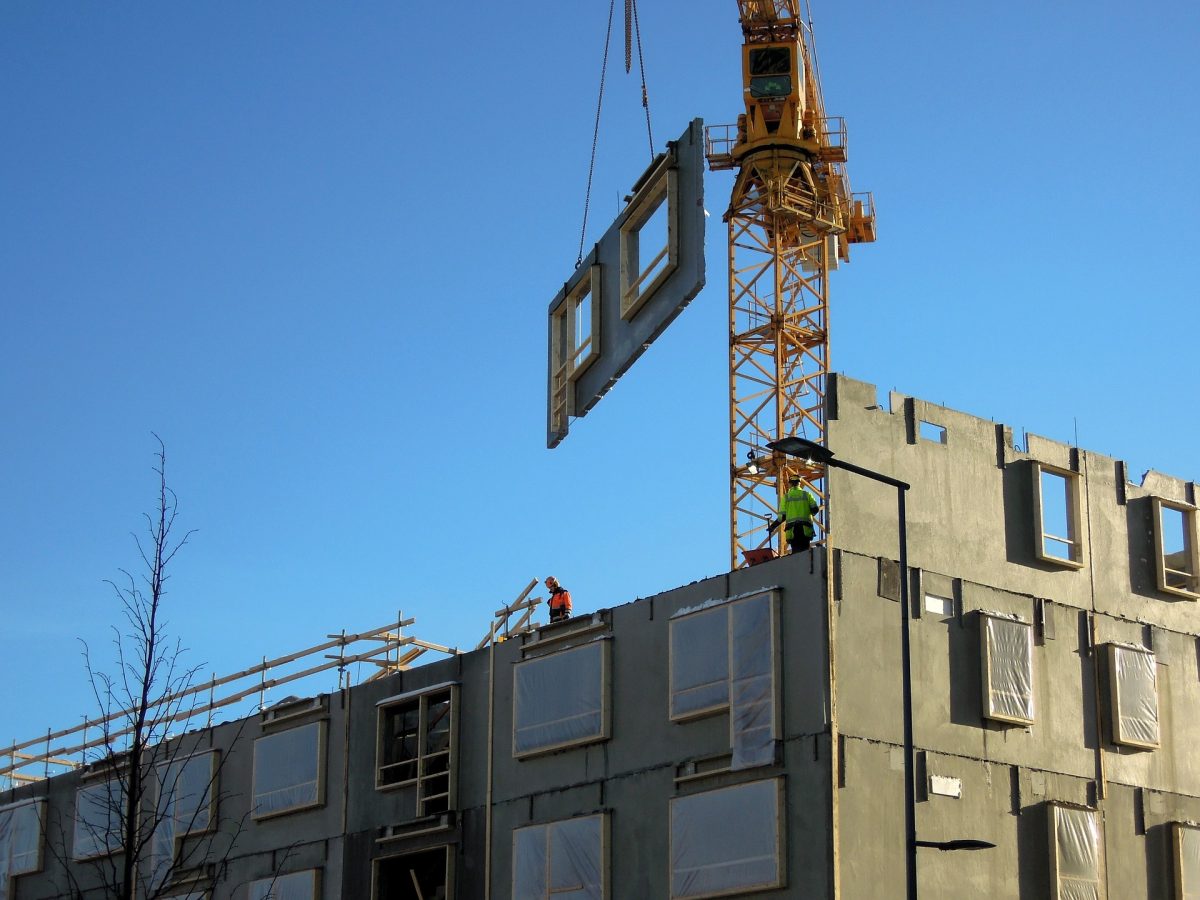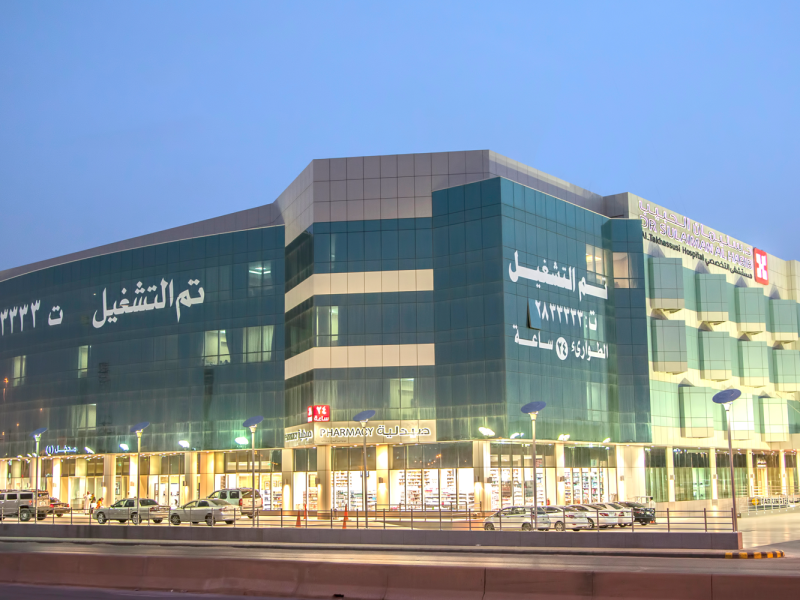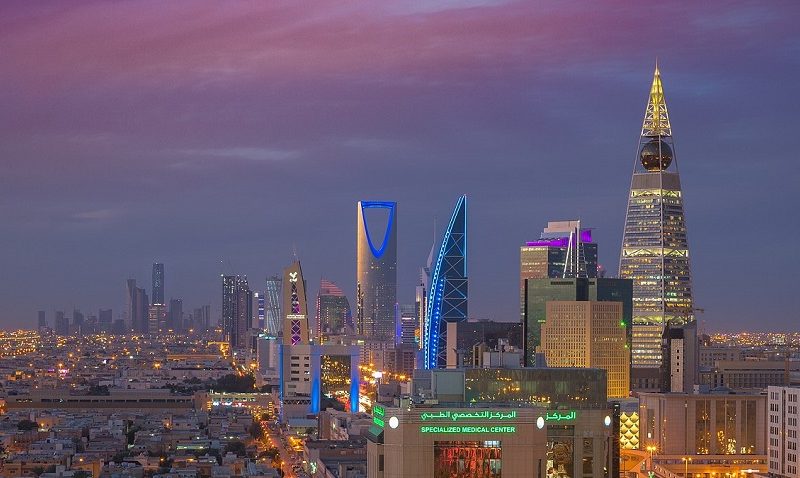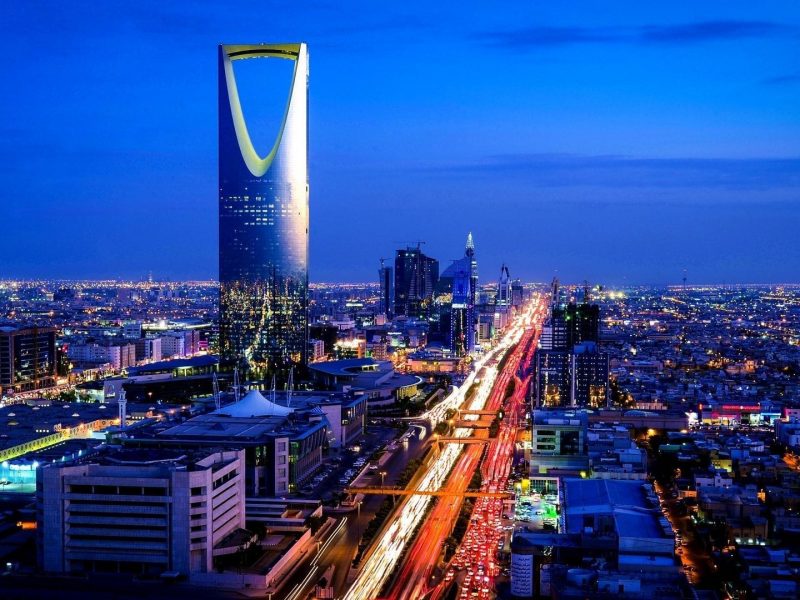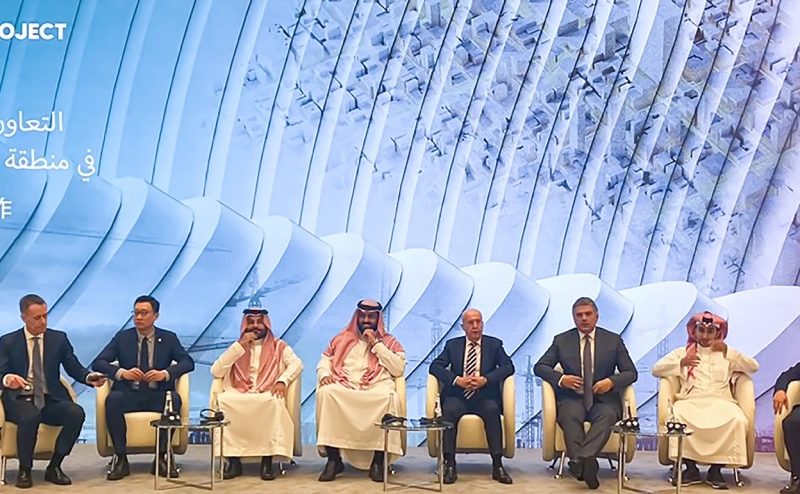Modular design consultant Ramboll is leading the conversation on modular construction, which has been identified, to an extent, as the future of construction in the Middle East. The truth behind this construction phenomenon is the anticipated benefits the industry was patiently waiting for—heightened efficiency, productivity, and waste management. With large portions of the project being fabricated away from the job site, these are just some of the many advantages that have been introduced to the markets across the globe.
Ramboll webinar
In their webinar titled —The Rise of Modular Construction in the Middle East — modular design consultant, Ramboll, explored the benefits and challenges which appear to impact large scale modular construction in the region. A panel of experts from around the world, led by Brian Sweeney-Head of Project Middle East in the consultancy firm, brought a broad spectrum of information and opinions to the discussion.
The panel participants, who engaged in the stimulating discussion were: Ewelina Woźniak-Szpakiewicz Chief Executive Officer of DMDmodular, Poland; Gwyn Taylor, General Manager – LINQ Modular at ALEC/LINQ; Nicholas Reynolds, Director at Construction Delivery AMAALA; Utku Oztaskin, Development Director at Qiddiya; and Wael Boureslan, Head of Technical – Middle East & Africa at ACC.
The modular discussion
Sweeney began the online discussion by shooting the arrow straight into the central target, asking- has there been a change in attitude towards the inventive construction recipe in the last five years. AMAALA’s Reynolds firmly responded that a shift in the government’s mindsets in the region has definitely happened. The Kingdom of Saudi Arabia has particularly adapted the approach, encouraging a smarter, and most importantly, safer way to construct. He added: “We as developers really want to see this coming into the region and establish more government support.”
Following Reynolds’ response, ACC’s Boureslan commented: “There is definitely a major change in attitude and in the acceptance of modular construction in the region, first and foremost, due to its necessity.”
Next up the panellists examined the main point of interest regarding the approach – its distinct benefits and undesirable challenges. DMDmodular’s Woźniak-Szpakiewicz noted: “Offsite construction involves an increase in the efficiency of the project as well as its waste management and overall productivity. The high rate of safety accompanied by quality is an absolute benefit.”
Qiddiya’s Oztaskin added onto Woźniak-Szpakiewicz’s commentary by saying: “There is huge expectation in the Kingdom of Saudi Arabia for this method of delivery to contribute the expansion of highly skilled labour in the construction industry. According to our research, high skilled labour in the KSA show little to no interest as the Kingdom has its own construction challenges. Being highly affected by the climate conditions as well as geographical positioning, it isn’t as appealing to the new generation in comparison to other lines of work. By introducing modular construction, not only do we get the aforementioned benefits, but we also get to raise to the labour expectations.”
Although a hot topic in the Middle East, modular construction has been used in multiple industries for decades including Europe and Asia. Singapore is a great example of a country where modular construction is strongly embedded, having had the government shift the needle from traditional to modern methods.
Nicholas Reynolds noted: “Singapore has a construct ability school card system. When designs are submitted for approval, the specialists get to state the percentage of offsite fabrication they are looking for. Similarly, the same protocol happens when contractors are applying for building permits.” Although one of the main challenges faced is the facility to uncover something cheaper and more familiar, Reynolds believes that the Middle East can learn a lot from cases like Singapore, where modular construction is a commonplace.
The Middle East is well prepared to start the modular construction journey, as its need to keep up with modern approaches goes hand in hand with being the world’s largest construction activity hub. Summarising the webinar’s discussion, the key towards achieving yet another target comes down to updating regulations, receiving government support, supporting investors, as well as being open to accepting change.
The art of life lies in a constant readjustment to the surroundings, and the Middle East is on a remarkable path to implement yet another successful modification to their construction sector.

